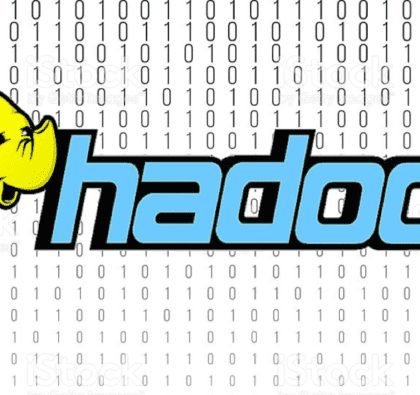
Email Classifier using Mahout on Hadoop
Classification is a supervised learning technique that learns, builds experience from the existing categorised documents and tries to predict a category to previously unseen data.

Classification is a supervised learning technique that learns, builds experience from the existing categorised documents and tries to predict a category to previously unseen data.

The Amazon S3 Mule connector allows developers to access any amount of data, from anywhere on the web. Connecting to the Amazon S3 API, users can interface Amazon S3 to store objects, download and use data with other AWS services, and build applications – all from within Anypoint Platform.

The AS2 connector in Anypoint B2B adds the pervasive EDIINT integration standard over HTTP(s) to MuleSoft ESB. EDIINT AS2 satisfies the following key business requirements.

The Spark Cluster can be setup in multiple ways – Standalone mode, Using Hadoop YARN, Using Apache MESOS and Using Amazon EC2.

Validation of data in ESB application at different layers of message processing is a requirement which is quite frequent.

In Big Data, a Data Driven Enterprise can be defined as the one that is capable of validating what is known, confirming what is unknown and discovering the truly new.

This article explains on how a Mule ESB Cluster Setup can be tested successfully along with MYSQL database. When multiple Mule ESB nodes are configured in a cluster, it is essential to test the cluster in order to make sure that the setup is correct and functioning well.

Overview Software applications are moving from legacy enterprise software to SOA, SaaS integration and APIs, chasing agility and operational efficiency. Most of the businesses which built their IT infrastructure over […]

Introduction Electronic Data Interchange (EDI) is the computer-to-computer exchange of business documents in a standard electronic format between business partners. EDI standards have been the dominant format for e-commerce data exchange for decades, and give organizations a […]

A good technical documentation is a key deliverable for any application. Usually, a lot of time is spent on writing technical documentation for the application and often it necessary to draw several diagrams and write several lines of descriptions about the components used in the application.

This article is about automating functional testing of SOAP based web services. Any application which has multiple exposed web services needs to be tested along with different inputs and the corresponding responses should be validated to make sure that the business logic used by the web services is working.

Before moving forward with the instructions, it is important to understand that as long as a Mule instance is running, the license which is currently installed will be used.